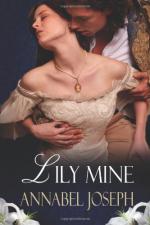|
This section contains 6,406 words (approx. 22 pages at 300 words per page) |

|
SOURCE: Spivack, Charlotte. “Fantasy and the Feminine.” In Merlin's Daughters: Contemporary Women Writers of Fantasy, pp. 3-16. New York, N.Y.: Greenwood Press, 1987.
In the following essay, Spivack provides a brief overview of fantasy literature and theory, focusing on ways in which women writers have modified the fantasy genre to demonstrate self-fulfillment and the preservation of community.
In spite of the pervasive critical ambivalence toward individual works of fantasy, the theory of fantasy literature has attracted much critical attention in recent years. Pioneering attempts to define the nature of “the fantastic” were Harvey Cox's The Feast of Fools (1969), which stressed the element of festive release in the impulse to fantasy, and Tzvetan Todorov's The Fantastic: A Structural Approach to a Literary Genre (1970, tr. 1973), which narrowly perceived fantasy as a moment of hesitation experienced in the presence of an apparently supernatural event.1 More recently, W. R. Irwin and Eric...
|
This section contains 6,406 words (approx. 22 pages at 300 words per page) |

|


